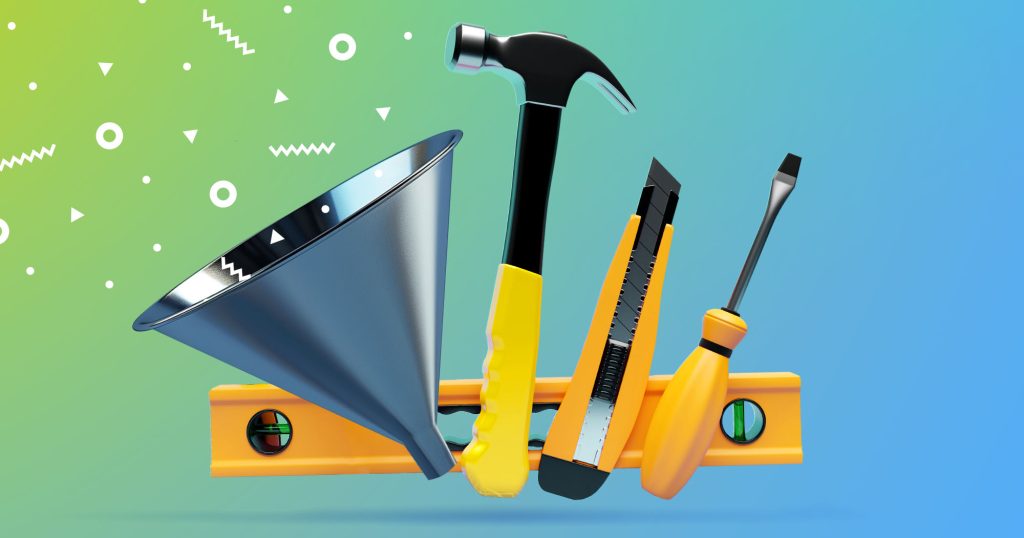For example, I saw a really good email coming through the other day and they’re like ‘Hey Marcus, I got your new Wall Street Journal best-selling book, it was absolutely incredible, I loved this, this, and this!’. I’m like wow, this guy actually took the time to actually get the book, read the book, and say ‘Hey, in order to grow your business which I heard about on this page here, got a couple ideas on the X Y and Z. Would you be open for a conversation?’. I’m like, that’s pretty good.
He has clearly personalized. He connected the personalization to what his little value proposition was, which I thought was really valuable, so I think it’s really key. Generally speaking, taking that level of time actually makes them feel like this is made for me, they get me. And when you’re able to do that, that’s where it’s going to hit home in a whole new way.
A couple of other points I think it’s also relevant to bring up as well. You have to find a balance – you don’t want to try too hard, but if you can incorporate humor in your emails, that’s really powerful. It’s such a good tension breaker if you can do it in a way that makes sense, it’s not weird or kind of cringy – it’s gotta make sense.
And the value piece – when in doubt, I think value is one of the best plays to do when you can provide something that the receiver will say ‘Wow, this report, this video, this training, this X will actually help me be better at my job’. If you can incorporate those types of things, you will have a higher likelihood of actually being able to have them respond, and if you were consistent and persistent with it, you combine all those elements over time, eventually – you’ll probably be able to book that meeting.
Host: A quick follow-up question: If I were to tell you that that email you’ve mentioned was still automated (meaning the person didn’t read the book, but they went so far as to find hyper-personalization outreach solutions), would you still appreciate that if you knew that this is probably automated but through some super advanced stuff?
Marcus: If I can’t tell it’s automated, I frankly don’t care how they put it together. Whether they went and took my book, transcribed it, ran through chat GBT, got a summary of the five bullet points, I don’t really care how they got about it, but I’m like wow, this person gets me. Ultimately I don’t think people really care about how you got that information, it’s like wow, they’re speaking what’s in my mind.
They’re passing what I call The Whisper test, which is like I always imagine your cold prospect is at an anniversary dinner with their spouse, it’s a really romantic expensive dinner and there’s like a nice restaurant, and you come up to them, they don’t know who you are, and you whisper in the in their ear ‘hey, I know all about you, I know you have pain point one, two, three, four, five. I know you want these specific things and I have a solution for you.’
If they’re like ‘Whoa, tell me more’, and they rush away from their spouse, that’s a level of depth you want to think about when you’re writing emails. It’s obviously hard to get to that point, but whether they use automation or whatever to get to that point, to me it’s not really relevant, I’m just like – whoa, they get me. They really get me and that makes me want to be more open to responding. And if I don’t respond, if they hit me up again with something similar over time, I’m probably like, okay, timing’s right, let me respond to this person, this person actually gets me.
Nick: I’ll say two things. I think, first, everybody focuses all of their attention on the first email when this is the email that is actually responded to the least. So why is everybody spending all their time on email 1 which never gets responded to or has the smallest percentage? You should focus all of your time on email three, LinkedIn message two, or call number two, like focus on what the content is later in your sequence.
Those always seem to be after-thoughts for people and that’s when I, as a buyer, you know generally when I get cold emails, I’m the most interested is when somebody sends me message four or five I’m like okay, great they’re persistent, but the content falls flat or immediately just tells me something like ‘ah, this is not a fit for me’. If this doesn’t make sense to me – delete it, and then I’ll never respond to anything again because I’ve already decided in my mind that this is irrelevant to me or this is not going to bring me value.
![The State of Cold Emailing in 2023: What’s Hot and What’s Not [WEBINAR TRANSCRIPT] The State of Cold Emailing in 2023: What’s Hot and What’s Not [WEBINAR TRANSCRIPT]](https://reply.io/wp-content/uploads/cedd.text_-1080x567.jpg)




![Upselling and Cross-selling: The Go-To Guide [+7-Step Framework Inside] Upselling and Cross-selling: The Go-To Guide [+7-Step Framework Inside]](https://reply.io/wp-content/uploads/upsale-1024x538.jpg)
